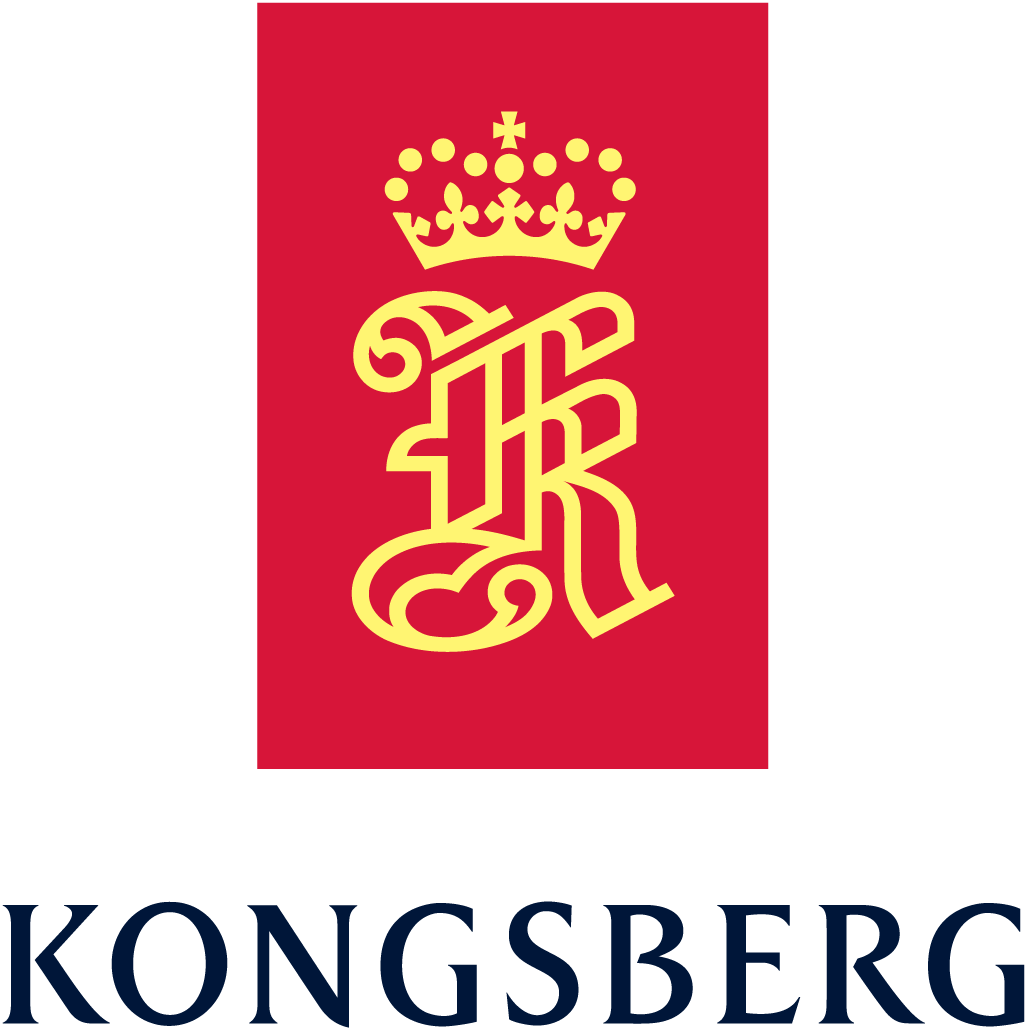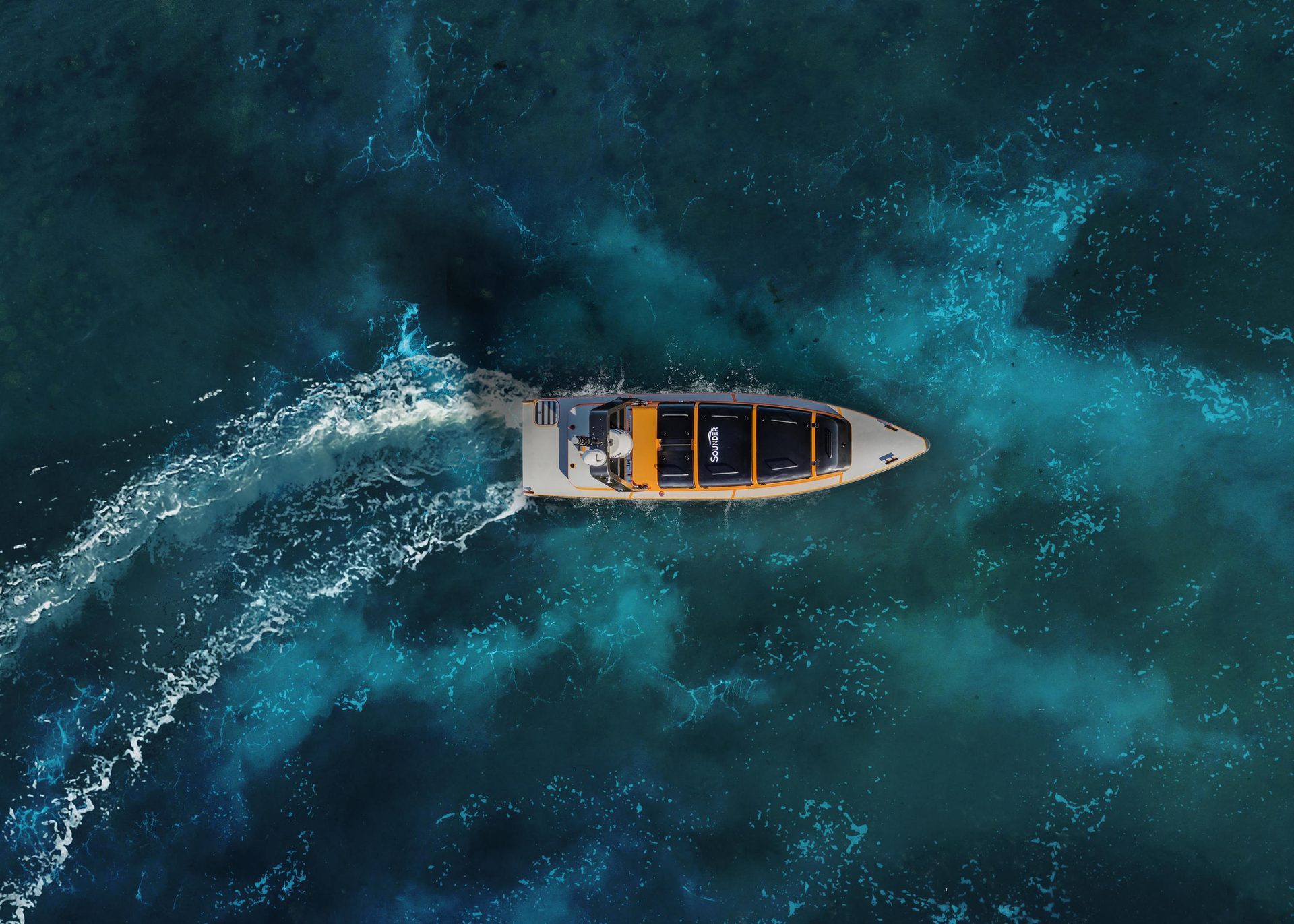
Air defence protects and saves lives
When deadly missiles rain down from the sky, an air defence system first developed in Norway is central in protecting people from attacks.
Journalist: Maria Egeland
Illustration: Frode Karlsen
Photo: Magnus Bjørnnes | N. Frilseth | Shutterstock

In war and conflict, the sound of the air raid siren sadly becomes part of everyday life. All stores close. Busses stop driving.
I krig og konflikt vil lyden av flyalarm ofte bli en del av hverdagen. Da stenger alle butikker. Busser slutter å kjøre.

School children huddle down in shelters, trying to maintain some sort of normality by doing homework.
Skolebarn prøver å fortsette undervisningen
i tilfluktsrom.

People anxiously refresh their apps and social media for information about the threat level, and where the enemy's rockets are heading.
Folk sjekker apper og sosiale medier for å få rask informasjon om trusselnivået, og hvor fiendens raketter er på vei.

Reports from the world's war zones tend to tell the same story.
Rapporter fra verdens krigsområder forteller som regel den samme historien.

Men etter hvert, når krigen blir en bisarr og brutal hverdag, prøver folk stort sett bare å leve livene sine.
At first, people drop everything when the air raid sirens sound and run in panic to the nearest bomb shelter.
I starten slipper folk det de har i hendene når flyalarmen går, og løper i panikk til nærmeste bomberom.

But eventually, when war becomes a bizarre and brutal new normal, most people just try to live their lives. Work. Go to the store. Cook food. Play with their children. Sleep, if they can. And only occasionally seek shelter, even if the air raid siren is wailing.
Men etter hvert, når krigen blir en bisarr og brutal hverdag, prøver folk stort sett bare å leve livene sine. Jobbe. Gå til butikken. Lage mat. Leke med barna sine. Sove, hvis de klarer det. Og bare unntaksvis oppsøke tilfluktsrommene selv om flyalarmen uler.
Når det går bra, er det fordi angrepsrakettene blir skutt ned av det egne forsvarets luftvern.
Når det ikke går bra, bombes mennesker, bygninger og infrastruktur. Vann og strømforsyninger ødelegges. Internett går ned.
When things have a positive outcome, it's because the attacking missiles are shot down by the air defence system.
But eventually, when war becomes a bizarre and brutal new normal, most people just try to live their lives.
Work. Go to the store. Cook food. Play with their children. Sleep, if they can. And only occasionally seek shelter, even if the air raid siren is wailing.

In the merciless everyday life of war, everything can change in an instant.
When things don't go well, people, buildings and infrastructure are bombed. Water and power supplies are destroyed. Access to the internet shuts down.
Men etter hvert, når krigen blir en bisarr og brutal hverdag, prøver folk stort sett bare å leve livene sine. Jobbe. Gå til butikken. Lage mat. Leke med barna sine. Sove, hvis de klarer det. Og bare unntaksvis oppsøke tilfluktsrommene selv om flyalarmen uler.
Når det går bra, er det fordi angrepsrakettene blir skutt ned av det egne forsvarets luftvern.
Når det ikke går bra, bombes mennesker, bygninger og infrastruktur. Vann og strømforsyninger ødelegges. Internett går ned.
Norwegian air defence secures Washington DC
Since 2005, a Norwegian-developed air defence system has secured the American capital. The Norwegian NASAMS (National Advanced Surface-to-Air Missile System) protects the airspace around Washington DC, the city that houses Capitol Hill and the American government. This airspace has some of the world's strictest restrictions, and any potential threat is taken with the utmost seriousness. Here, only the best is good enough.
After Russia's invasion of Ukraine, it quickly became evident that the Ukrainians needed a modern air defence system to defend against the Russian air strikes. And in November 2022, the Ukrainian Armed Forces received the first two deliveries of NASAMS. That same month, Russia carried out the most massive air strike in Ukraine since the war began, and the Norwegian-developed air defence system had a tough baptism of fire. Overnight, Norwegian NASAMS was on everyone's lips. In retrospect, both the Ukrainian Defence and President Volodymyr Zelenskyj have praised NASAMS, reporting that the system has worked very well. One can only imagine how many lives have been saved.
Secures people, cities, and critical infrastructure in Ukraine
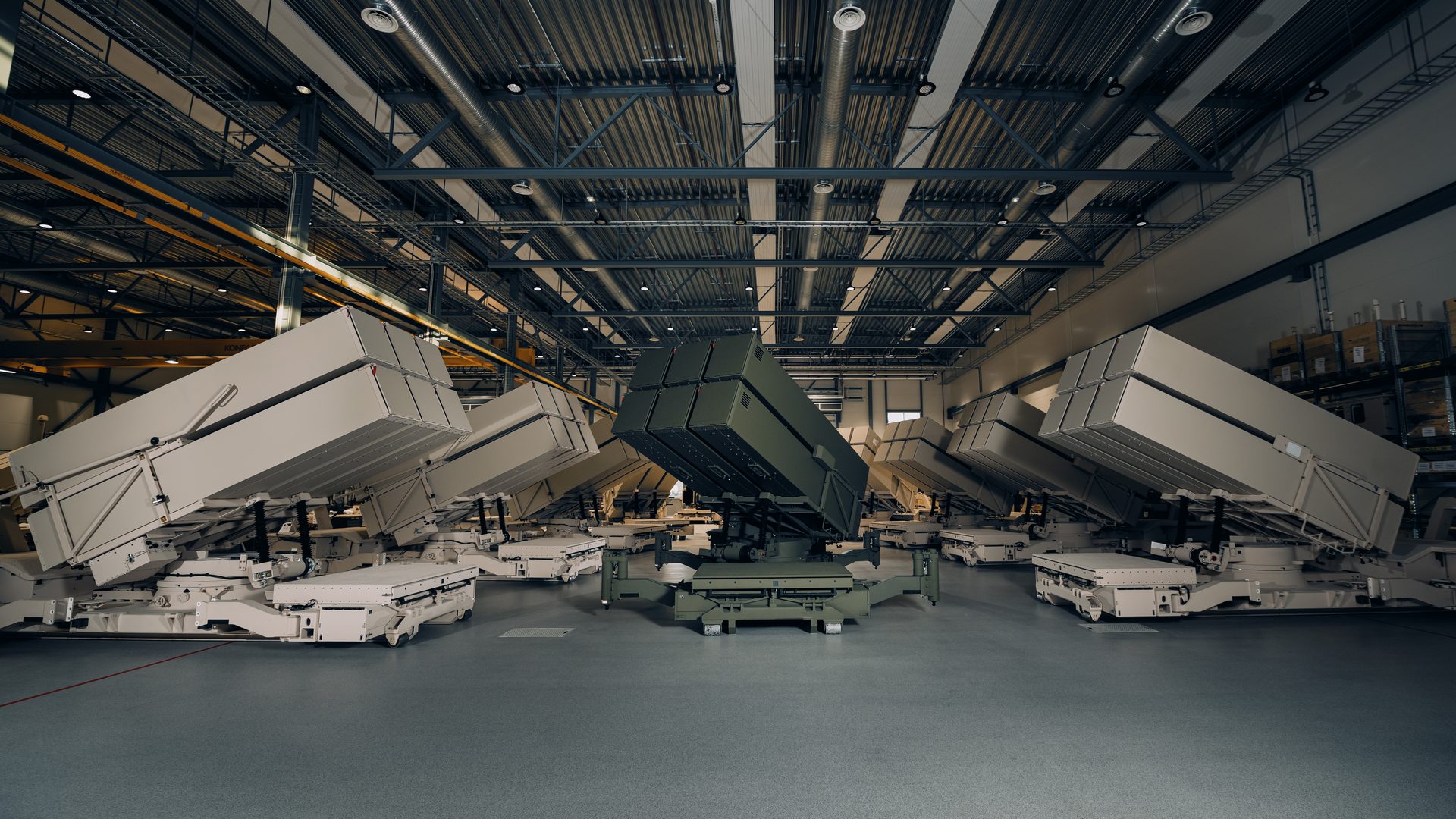
He leads the company that develops NASAMS, one of the world’s leading systems in its category. It all started as an idea in Norway in the 1980s, making a network-based air defence system. The first version was developed in the early 1990s and it has since been further developed several times.
NASAMS includes sensors, command vehicles, communication systems, and launch platforms. All operators have access to the same information, and everything is mobile. This makes the Norwegian system highly adaptable, however there are several advanced technological systems involved, and thorough training is required.
"We cannot take peace for granted"
– Generally in Norway, Europe, and the rest of the world, it has become very clear that we cannot take peace for granted, says CEO of Kongsberg Gruppen, Geir Håøy.
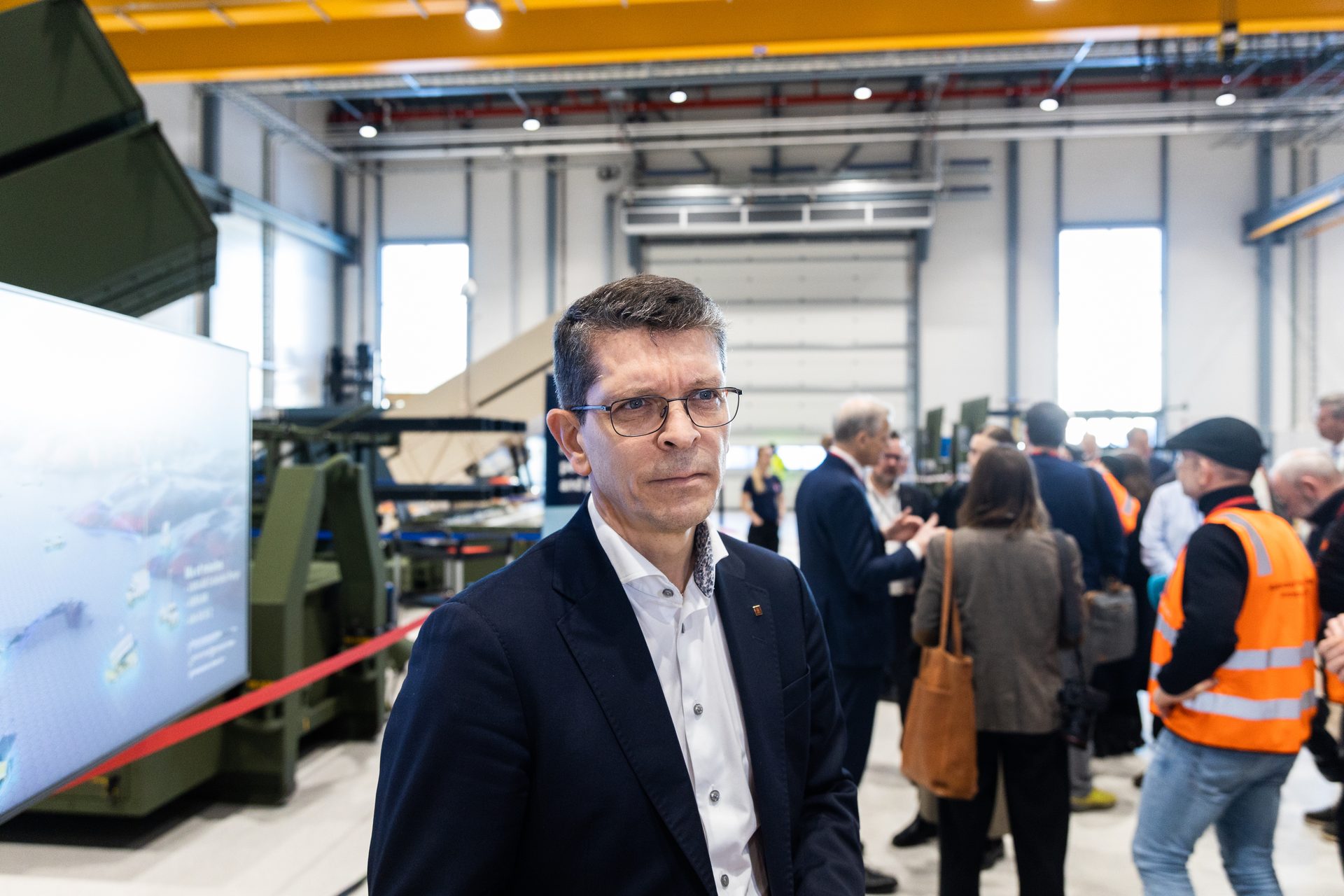
Continuing the support
Norwegian Prime Minister Jonas Gahr Støre has on several occasions praised the Norwegian military contribution in Ukraine. In January, Støre and Minister of Defence Bjørn Aril Gram visited Kongsberg Defence and Aerospace (KDA) in Kongsberg.
"Norway is a small country, but we have a world-class defence industry here in Kongsberg. This is crucial for our own security, and especially important now when Ukraine is fighting for freedom. The increased demand for weapons and ammunition is a strong reminder that KDA is an important and integrated part of both national and allied preparedness," Støre said to Regjeringen.no
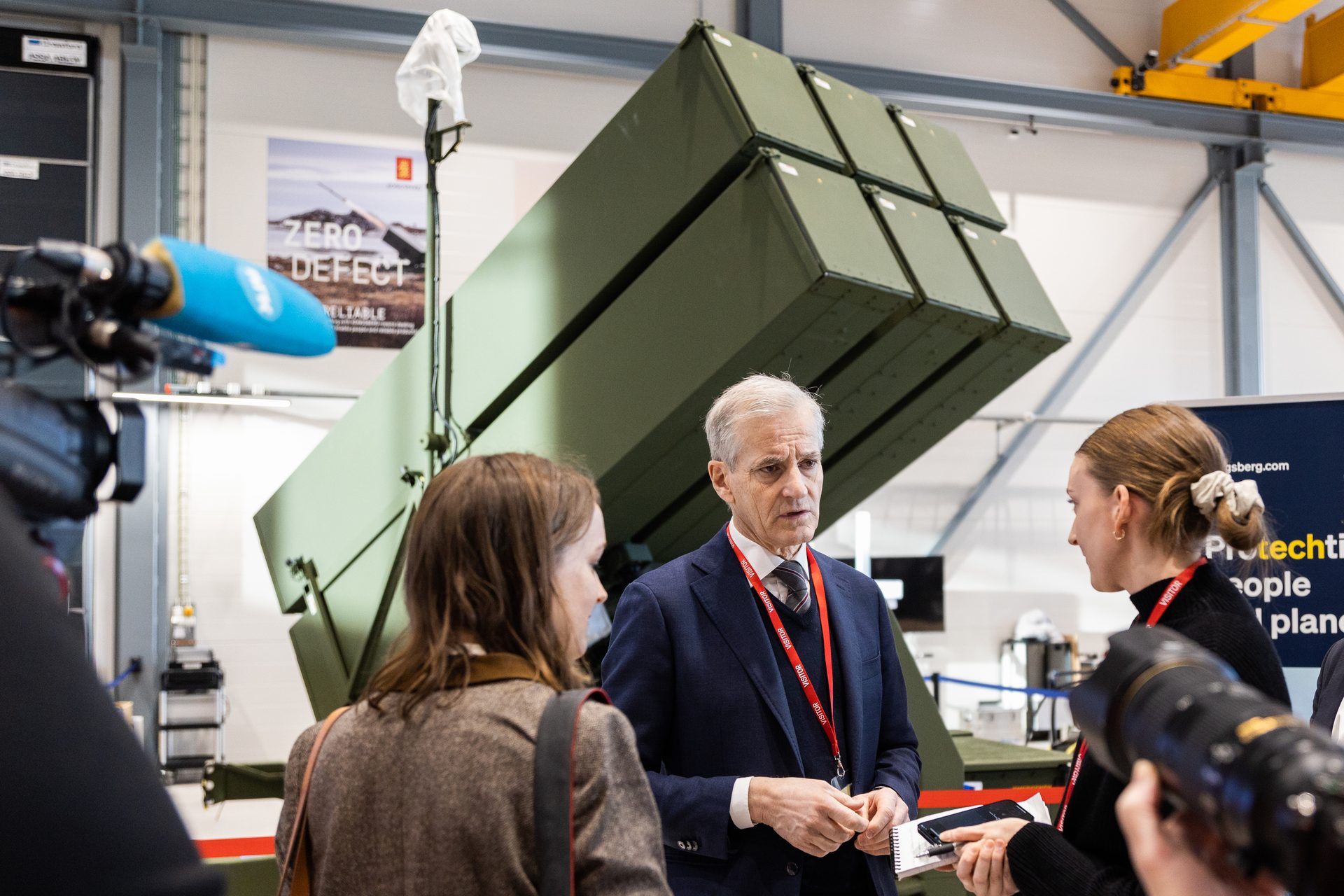
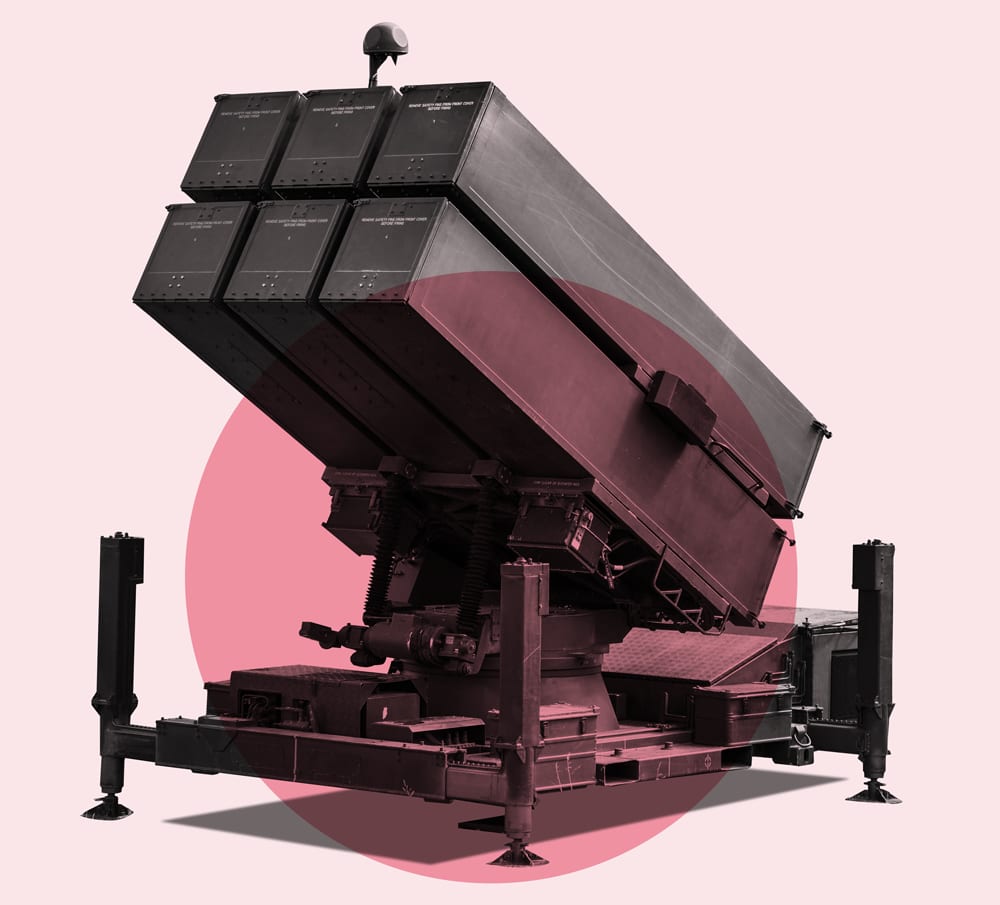
This is NASAMS
- NASAMS stands for National Advanced Surface to Air Missile System.
- It is an air defence system (ground-to-air) that is partially developed in Norway by Kongsberg Defence and Aerospace.
- NASAMS is a modular and network-based system. This involves interaction and sharing of data, and it can be assembled in a very flexible way, depending on the mission to be solved.
- The first version of NASAMS was developed in the early 1990s and it has since been further developed through a series of updates.
- The system is used by 13 nations and is one of the biggest export successes ever for the Norwegian defence industry.
Source: Store Norske Leksikon (SNL)
Do you want to pioneer change? Visit Kongsberg Defence & Aerospace to learn more.
More stories from Kongsberg Gruppen


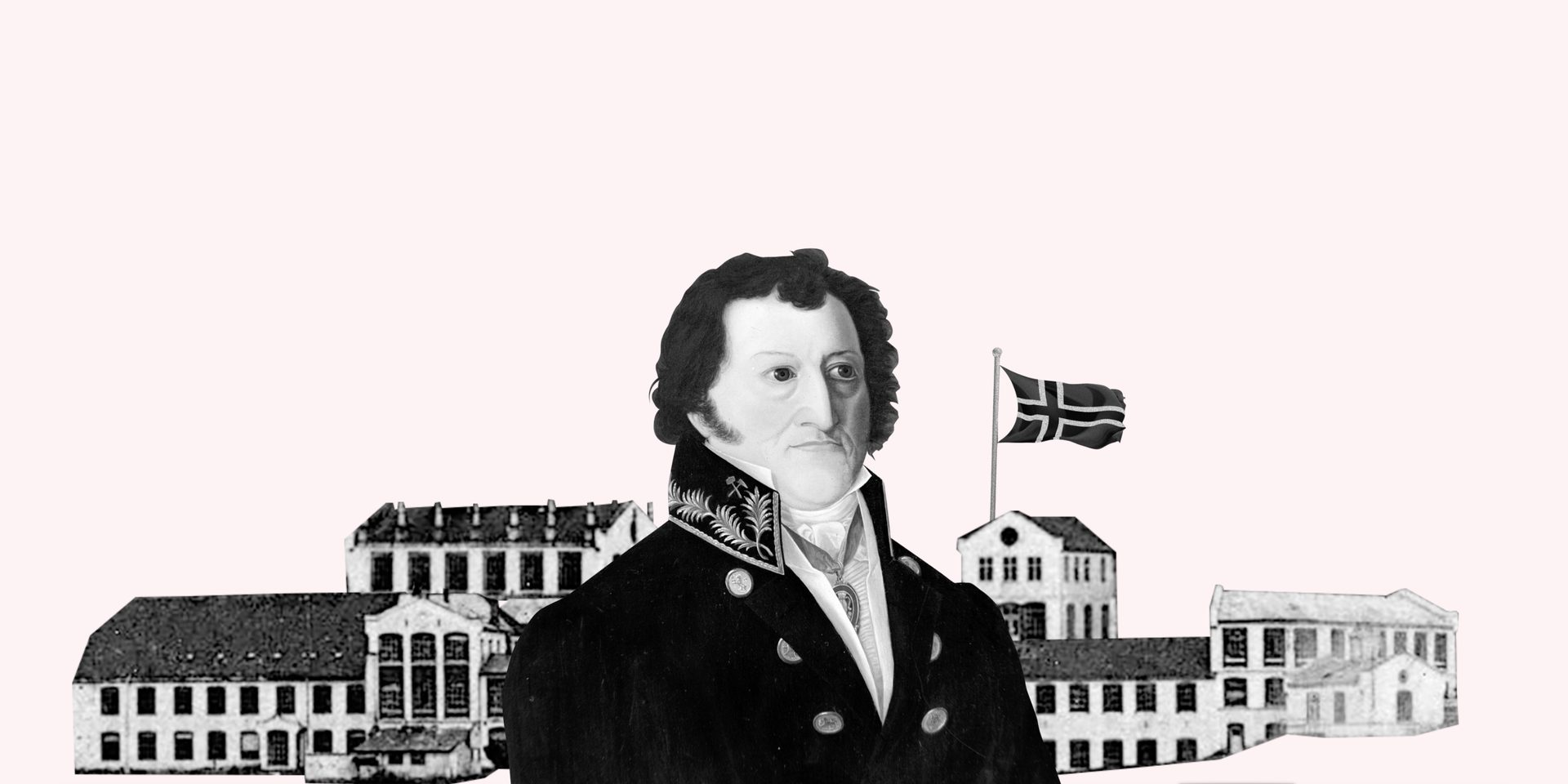

– Det gir oss muligheten til å ta pulsen på jorda
– Det gir oss muligheten til å ta pulsen på jorda
– Et industrieventyr gjennom 200 år
– Hvis du er opptatt av det nyeste innen robotikk, er dette stedet



